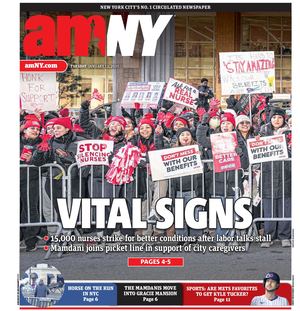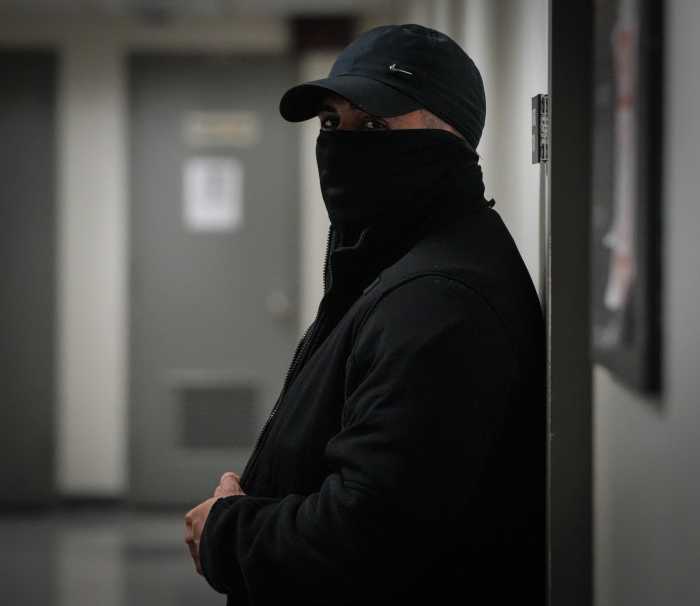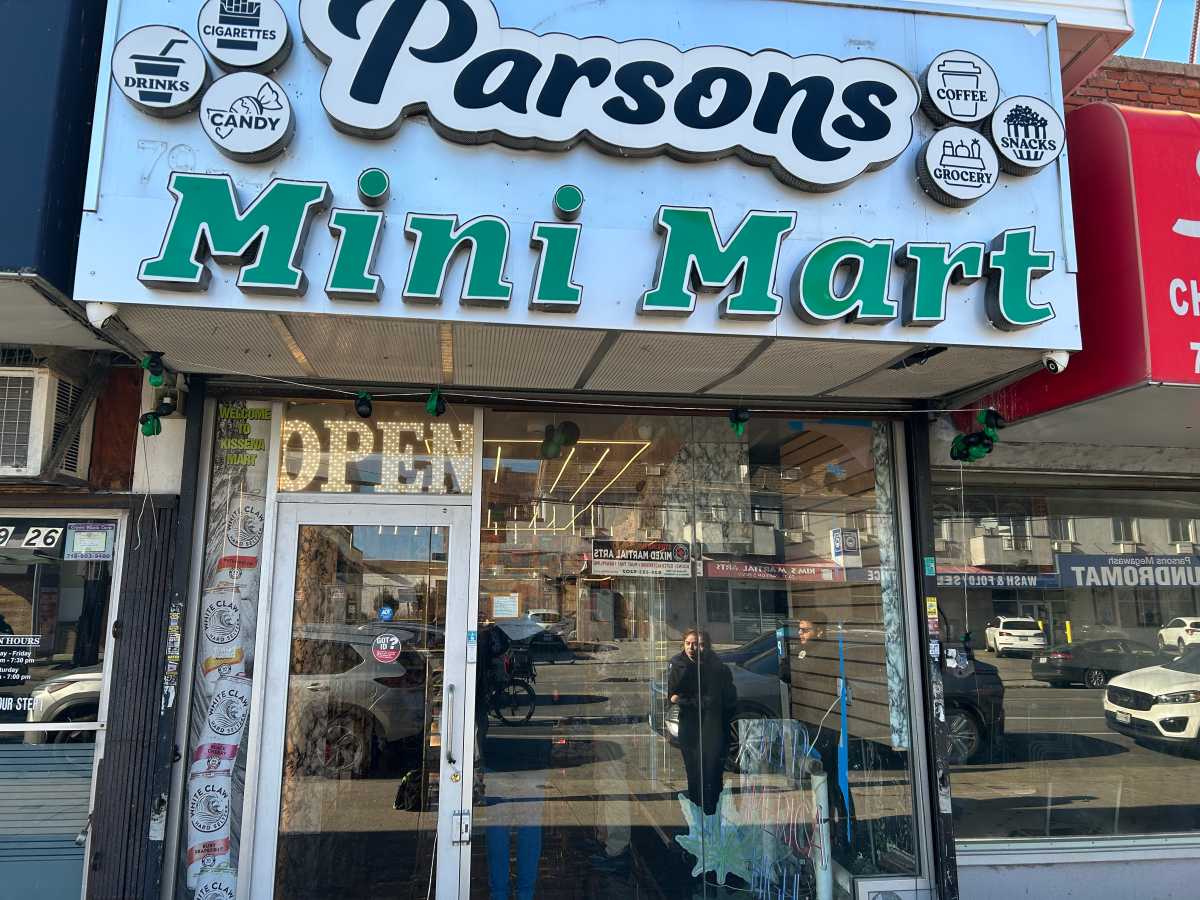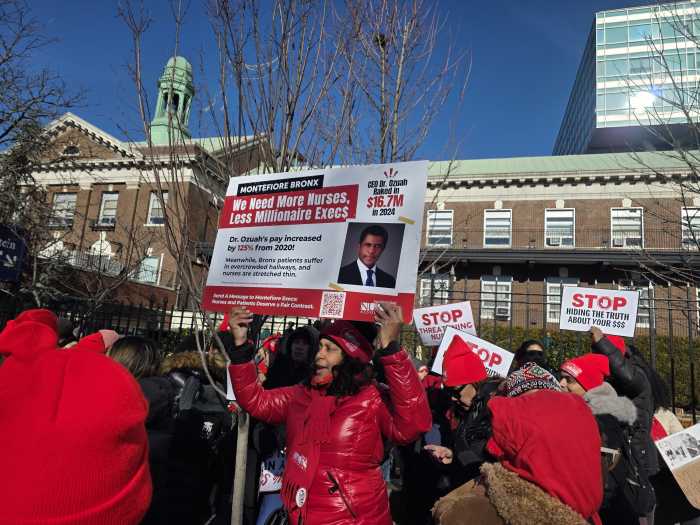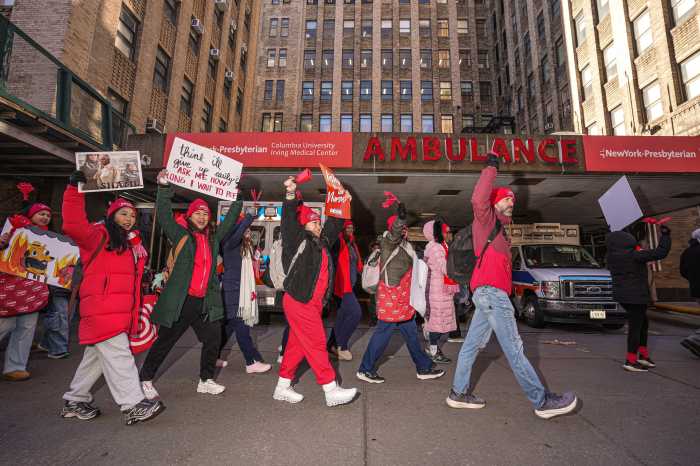Much has changed in New York City since the first World AIDS Day was held on Dec. 1, 1988, to draw worldwide attention to a health crisis and remember the lives that were lost.
The number of people infected with HIV has dropped to new lows while people who are HIV positive are living longer and stronger lives.
But experts say the positive news should not eclipse the fact that HIV/AIDS is still an epidemic that needs to remain in the public eye.
“It’s a day to celebrate our successes but also a day to raise awareness, which is as important as it ever was,” said Kelsey Louie, chief executive officer of the Gay Men’s Health Crisis, a prevention, care and advocacy group founded in the early 1980s. “AIDS may no longer be a death sentence . . . [but] despite the advances in medication we are still dealing with stigma and complacency.”
According to statistics released this week by the city Health Department, the number of new HIV diagnoses in the city was 2,157 in 2017, the lowest since the agency started keeping track in 2001.
By comparison, officials said the number of new diagnoses in 2001 was more than 5,900.
Health officials credited the drop to the expanded use of HIV treatments, pre- and post- exposure prophylaxis, condom distribution, public health campaigns and quicker treatment for people who are diagnosed with HIV.
People who are HIV positive and take medication to keep the virus virally suppressed for at least six months do not sexually transmit HIV.
“We are really living the dream of the vision of ending the epidemic,” said Dr. Demetre Daskalakis, deputy commissioner for the city Health Department’s Division of Disease Control. “When you treat people with what they need, you see an epidemic start to decline.”
City Council Speaker Corey Johnson, who has tried to break the stigma by publicly discussing his own HIV positive status, said World AIDS Day is an important time to remember the activists who demanded attention and services from the medical community and the government in the epidemic’s early days.
“My ability to run for office, my ability to have access to lifesaving medication, my ability to be speaker of the New York City Council is really all on the shoulders of the previous activists who came before and fought like hell to make sure people weren’t going to die every day of this disease,” Johnson said.
Johnson said there needs to be sharp focus on data that shows HIV and AIDS is now impacting more people who are low-income and communities of color.
“We are not in a time when people are dying every day, but it’s still an epidemic and sometimes it’s easy to forget an epidemic,” he said.
Daskalakis also noted that like many health problems, there are disparities that run along racial lines.
Most of the new HIV infections are found in black and Latina women as well as men of color who have sex with other men.
Of all men newly diagnosed in the city, 75.9 percent were among black and Latino inclusive of all risk categories.
In recent years, the Health Department has launched a series of public health campaigns to make people aware of safer practices and treatments to avoid the spread of HIV, as well as the importance of getting tested and keeping a medical regimen to stay healthy.
Those messages have been targeted to specific communities such as women and people of color.
“Some of the challenges we experience today are still throwbacks to the challenges of 30 years ago,” Daskalakis said. “We have been doing a lot of work to unpack what is decades of stigma revolving around HIV.”
Across the city, peer counselors are using their own experiences to help convince people to seek testing and treatment.
Eugene Eppes, a Linkage Specialist at Alliance for Positive Change, a nonprofit that helps New Yorkers living with HIV/AIDS find housing, services and medical care, said his clients are stunned to find out he is HIV positive, battled substance abuse and spent time in prison.
“I never thought I could help somebody just by sharing my story,” Eppes said. “They say, ‘You don’t look like you have anything,’ but then I ask them, ‘What does that look like?’ ”
Eppes talks to his clients, many of whom were recently incarcerated, about the importance of getting tested and if they are HIV positive, getting on medicine immediately.
“Some individuals are afraid to take medication,” Eppes said. “Others have drug addictions, so they sell their medication.”
He also reminds them about how the early HIV/AIDS medications required people to take lots of pills a day.
“Imagine, we had to take 20 pills a day,” Eppes said. “I tell them they might have to take one pill. If they had to take 20 pills a day, they would be happy to take that one pill.”
Louis said there is an evolving need to serve people with HIV/AIDS, noting about half the people living with HIV in the country are over the age of 50.
“Research is needed to identify the specific needs of long-term survivors,” he said. “This is unchartered territory.”
